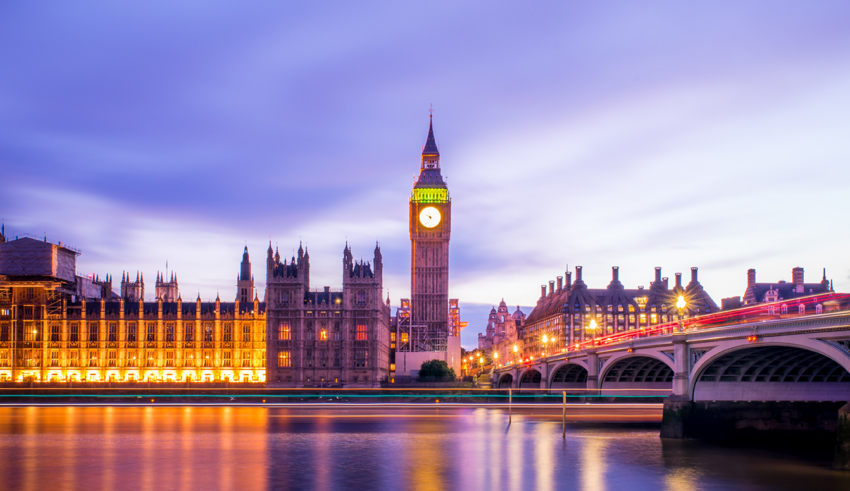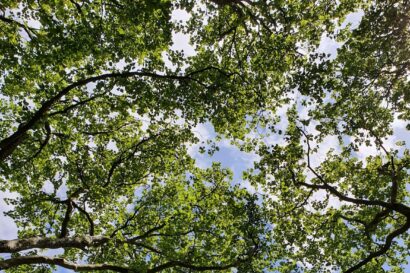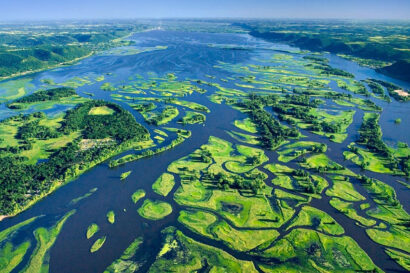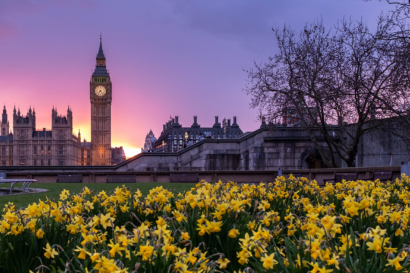AG INSIGHT | 24/09/2020
Government leadership now can deliver green economic development for the next generation

Ian Dickie, Director of Economics for the Environment Consultancy (eftec), and Kerry ten Kate, independent consultant, argue that with the Spending Review and Autumn Budget around the corner, now is the time for the UK government to ensure environmental ambitions work well together and become an integral part of economic planning.
The week after the release of three significant reports showing that we are failing nature [1], and a few days before the UN General Assembly summit on biodiversity feels like a good time to take stock of leadership. Recent government commitments to provide green jobs and ’build back greener’ [2] accompany a strong suite of policies to protect the environment after the UK departs from the EU, such as the Environmental Land Management (ELM) scheme, the Nature for Climate Fund with a legally binding net zero emissions target, Biodiversity Net Gain, the Nature Recovery Network and the forthcoming England Tree and Peat Strategies. Each policy is a building block to deliver the 25 Year Environment Plan’s ambition to improve the environment for the next generation. With the Spending Review and Autumn Budget around the corner, now is the time for the UK government to ensure these environmental ambitions work well together and become an integral part of economic planning, including Project Speed. Only with nature recovery powering economic recovery can the Government’s environmental and economic goals be achieved.
The crucial question is how to bring these policies and legislation together. Each initiative sounds wonderful, and collectively, they could be comprehensive and potentially transformative. However, three massive questions loom. How will all the initiatives be coordinated and work alongside each other? How can land managers take advantage of multiple initiatives, so it is economically appetising to deliver biodiversity and climate goals? How can the green initiatives be integrated into economic policy?
This is where coordination and leadership are needed from Government to make the most of these once-in-a-generation opportunities. For example, ELMS [3] and its transitional schemes must stick to the principle of delivering environmental public goods and clarity is needed on how ELMS will work alongside Biodiversity Net Gain, peatland restoration and tree planting. Then the full range of environmental schemes can work together to deliver the Nature Recovery Network [4]: a swathe of land from Berwick to Bodmin, supporting the economy, addressing climate change and providing the health benefits of access to nature. Ambitious landscape-level approaches can build on local initiatives to ensure that national targets under the Environment Bill are achieved. This can help ecosystems enhance the £23bn/year of tourism and leisure spend that depends on them [5], increase the use of Nature Based Solutions [6] in addressing climate change, and provide the health benefits of access to nature. Coordination is needed not just among environmental schemes and at different scales, but between environmental and economic policies. For instance, care is needed for the changes under consultation in the current Planning White Paper to be consistent with environmental policy.
The value of delivering environmental targets jointly and coherently is greater than the sum of the parts, since integrated rather than piecemeal delivery costs less. The up-front investment is modest for Government and business and – as the Natural Capital Committee has shown – environmental investments offer sound returns compared to other public spending options [7]. Moreover, they are ideal for post-COVID economic recovery: the majority of natural capital investment is needed up-front and has relatively high employment intensity, and while long term maintenance costs are low, their benefits persist across generations.
Many companies, including members of the Aldersgate Group, support the UK’s environmental ambitions. The private sector can provide essential investment, for example to tackle the pressures from climate change in the water sector, or to establish habitat banks that cut costs and improve wildlife outcomes from Biodiversity Net Gain. Businesses see strong environmental standards as drivers for resource efficiency and shaping an environment in which their employees want to live.
Businesses want clarity from Government, not just around individual policies, but on how they will work collectively. Then companies can plan the investments needed to reduce carbon emissions, protect biodiversity, make food production sustainable and train their workforce for green jobs. And consumers will have more confidence that their actions to help the environment will do just that.
Individual environmental policy announcements on the main political stage have lost their novelty factor in the days of ‘mainstreaming’. As President of Climate COP26, the world will notice if the UK undermines its ambitions with piecemeal announcements and contradictory policies. What is needed is a big, joined up vision, to demonstrate how our environmental and economic plans work together: protecting the natural capital on which our economy depends and enabling development that responds to the biodiversity and climate emergencies. If done right, the UK can show true leadership with unified economic, climate and nature policies
To achieve this, Government needs to:
1. Reward policy integration in the Spending Review: Avoid the poor value offered by policy silos – weight spending towards joint departmental bids, particularly those which deliver on green recovery. The Council for Science and Technology has urged Government to take a whole-systems view of the interactions between net zero, adaptation and resilience.
2. Generate pandemic-recovery jobs which align with biodiversity and climate ambitions: Natural improvement projects address climate change and conserve biodiversity while rebuilding a competitive economy. As the Aldersgate Group’s Rebuilding to Last sets out, green investments can generate better jobs, productivity and levelling up than traditional stimuli.
3. Design ELMs as a force for environmental improvement: Set a strong regulatory baseline across the board and large scale investment in the restorative Tiers 2 and 3, to support farmers ready to reverse the depletion of nature [8].
4. Establish a strong Office for Environmental Protection able to carry out its primary functions, with sufficient powers to enforce environmental law. To do this effectively, the watchdog should have a five-year, ring-fenced budget and Parliament should be able to scrutinise its leadership appointments. In the future, a body like the OEP could play a role overseeing environmental markets.
These priorities need to be accompanied by some immediate, quick wins, which include:
(i) Introduce Tiers 2 and 3 of ELMS (and transitional strategies) very soon and preferably no later than Tier 1, ensuring they account for the majority of the ELMS budget.
(ii) Apply the biodiversity net gain requirement to major infrastructure projects as soon as possible.
(iii) Clarify the rules for participation in more than one programme (e.g. ELMS and Biodiversity Net Gain) on a single landholding.
(iv) Launch the Nature Recovery Network as a framework for restoration of the environment at scale, supporting delivery through partnerships and integrated implementation of policies.
(v) Embed any new National Landscape Service within existing organisations to encourage their collaboration.
(vi) Show leadership on nature based solutions at climate COP26 and biodiversity COP15. For example, link the tree and peat strategies and set out specific targets for their carbon sequestration and biodiversity outcomes.
– ENDS –
Ian Dickie is a Director of Economics for the Environment Consultancy (eftec), and a Member of the Aldersgate Group Board and the Natural Capital Coalition Advisory Panel. Kerry ten Kate is an independent consultant. She is a member of the board of Natural England, a trustee of the RSPB and a member of the Aldersgate Group. They are writing in a personal capacity, and the views expressed do not represent those of any other organisation.



